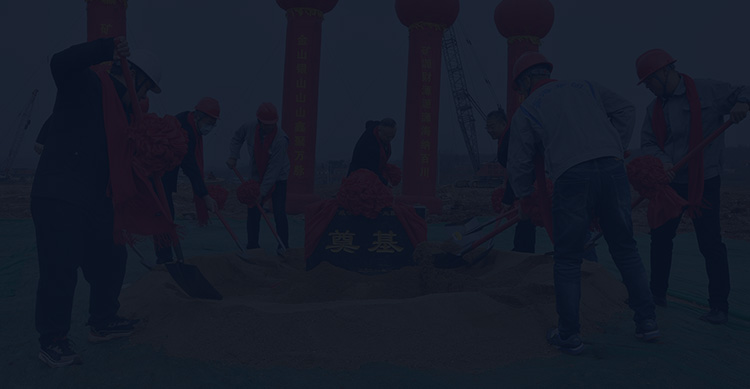
Quartz is a naturally occurring silicon dioxide mineral that is abundantly found in Earth's crust and is the second most common mineral after feldspar. Quartz deposits can be classified into two types: rock crystal (primary ore) and placer deposits (secondary ore). After mining, quartz must be processed and purified before it can be used in industrial production. This article introduces the uses of quartz , the processes of quartz mining, quartz processing, and purification.
Quartz has a wide range of uses, covering multiple fields such as industry, technology, construction and jewelry. It can be classified into four categories according to purity requirements:
1. Ordinary grade: SiO₂ content 85%~95%, used for concrete and ordinary glass manufacturing.
2. Medium-high purity: SiO₂ content 95%~99.9%, used for artificial quartz stone, ceramic glaze, etc., requiring Fe₂O₃<0.1%.
3. High purity: SiO₂ content 99.9%~99.99%, used for semiconductors and photovoltaics, requiring total impurities<100ppm.
4. Special grade: used for jewelry and optical instruments.
Ordinary grade quartz sand only needs simple sorting after mining, with low processing difficulty and low cost. High-purity quartz sand requires complex purification after mining, which is difficult and costly.
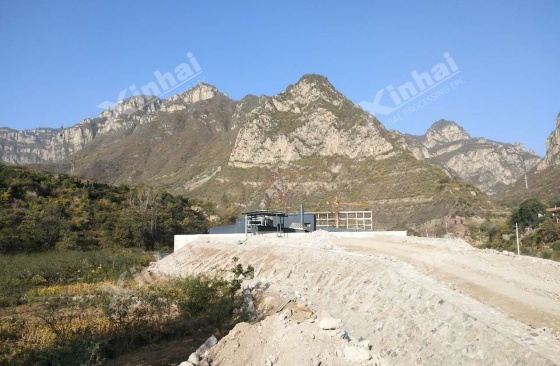
1.Open-pit mining: Suitable for extracting quartz from sand deposits or shallow quartz veins.
Process: Removal of overburden → excavation using shovels and heavy machinery → sand deposits require screening and washing to remove clay and impurities.
Advantages: Cost-effective, highly efficient, and well-suited for large-scale production.
2.Underground mining: Suitable for extracting deep-seated quartz crystals or high-purity quartz deposits.
Process: Drilling and blasting → manual sorting to preserve high-value crystals → quartz is transported to the surface using mine carts or conveyor belts.
Challenges: High operational costs and significant safety risks.
3.Seabed/riverbed mining: Primarily used for extracting quartz sand.
Process: Dredgers are used to extract sand deposits from the seabed or riverbed → hydraulic separation is employed to separate quartz sand from silt.
Challenges: May cause ecological damage to the seabed, necessitating strict regulatory oversight.
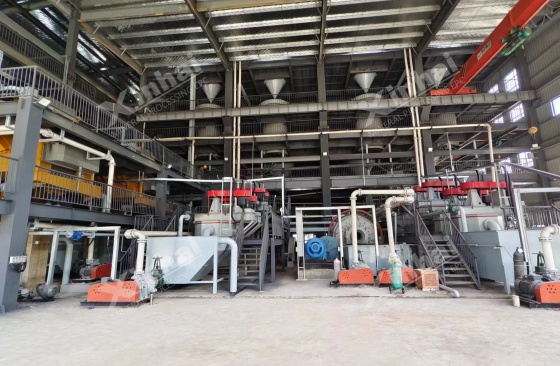
1. Crushing and Grinding
Quartz is first crushed to an appropriate particle size for subsequent sorting. First, a jaw crusher or cone crusher is used to perform coarse and intermediate crushing, followed by an impact crusher or ball mill for fine crushing or grinding. Next, a vibrating screen is used to classify the material by particle size (e.g., 0.1–0.5 mm for glass sand, 1–3 mm for building materials).
2. Sorting
After being crushed to an appropriate particle size, quartz undergoes sorting. Sorting aims to separate quartz from associated minerals, such as feldspar, mica, and iron-bearing minerals. Various sorting techniques are employed depending on the type of associated minerals:
Magnetic separation: Used to remove magnetic impurities, such as magnetite. It works by exploiting the magnetic differences between quartz and impurities, with a magnetic separator removing these impurities.
Flotation: Flotation works by modifying the mineral surface properties using flotation reagents, applying agitation and air bubbles to cause target minerals to attach to air bubbles, thereby separating quartz from gangue minerals such as mica and feldspar. Common froth flotation process include direct (positive) flotation and reverse flotation.
Gravity separation: Gravity separation works by exploiting the density differences between gangue minerals and quartz to achieve separation. This method is effective in removing heavy minerals such as garnet and ilmenite. Typical gravity separation equipment includes shaking tables, spiral chutes, and jigs.
After sorting, the SiO₂ purity of quartz can reach 99.99%, making it suitable for most industrial applications.
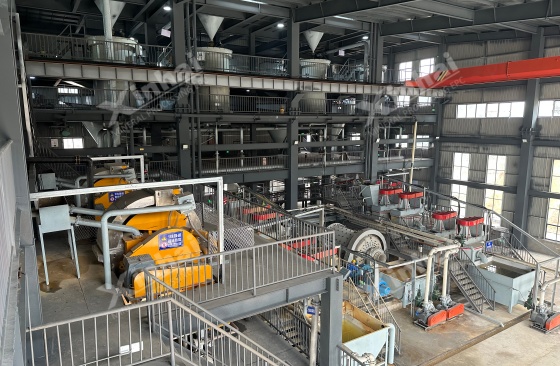
3. Purification
For applications requiring ultra-high purity, such as the semiconductor and photovoltaic industries, quartz must undergo additional purification. The primary purification method used in this process is acid leaching. Acid leaching works by utilizing hydrochloric acid (HCl) or hydrofluoric acid (HF) to dissolve metallic impurities, followed by high-temperature chlorination and water quenching for further purification.
4. Deep Processing
Depending on its final application, quartz undergoes further processing. Common deep processing methods include:
Drying: This process reduces moisture content. For instance, glass sand must have a moisture content below 0.5%.
Grinding: Quartz is ground into fine powder using a Raymond mill, making it suitable for use in coatings and fillers.
Fused Quartz: High-purity quartz glass is produced by melting quartz at temperatures above 2000°C.
Preparation of Single-Crystal Silicon: High-purity quartz is refined into metallurgical-grade silicon, which is subsequently purified into single-crystal silicon ingots used in chip manufacturing.
Coating Treatment: This process enhances light transmittance or wear resistance, making quartz suitable for applications such as UV lenses.
5. Tailings Treatment
After quartz extraction, purification, and further processing, residual tailings remain. The proper management of these tailings is a critical environmental concern. Tailings can be dehydrated using tailings dry stacking technology and then either backfilled into mining pits or transported to tailings ponds. The location of tailings ponds should be situated far from residential areas and must undergo anti-seepage treatment to prevent environmental contamination.
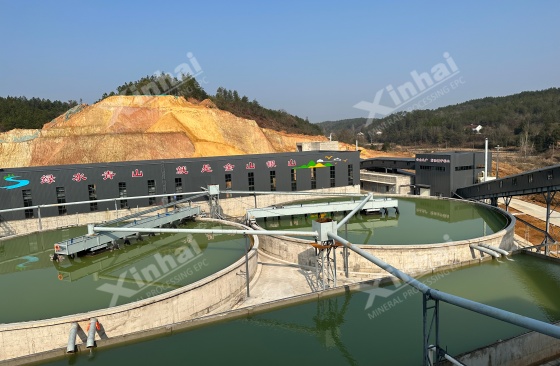
Conclusion
Quartz mining and processing still present several challenges. How can higher purity be achieved? How can quartz processing become more environmentally friendly? How can intelligent automation and other advanced technologies be better integrated into quartz processing? These are critical issues worth exploring and key directions for future advancements.
Xinhai Mining is a Chinese company with extensive experience in mining contracting and construction. We provide customers with comprehensive services, including process design, engineering construction, and tailings management for mining and mineral processing projects.
Our international business spans over 100 countries and regions across Asia, Africa, and South America, where we have successfully completed numerous mining construction projects. In the field of quartz sand mining and processing, Xinhai has undertaken dozens of projects worldwide.
With extensive industry expertise, a well-established service process, top-tier equipment quality, and the integration of intelligent automation, we maintain a strong competitive edge in the market. If you have business inquiries related to quartz mining, feel free to contact us.
To find out more about our products and solutions, please fill out the form below and one of our experts will get back to you shortly.